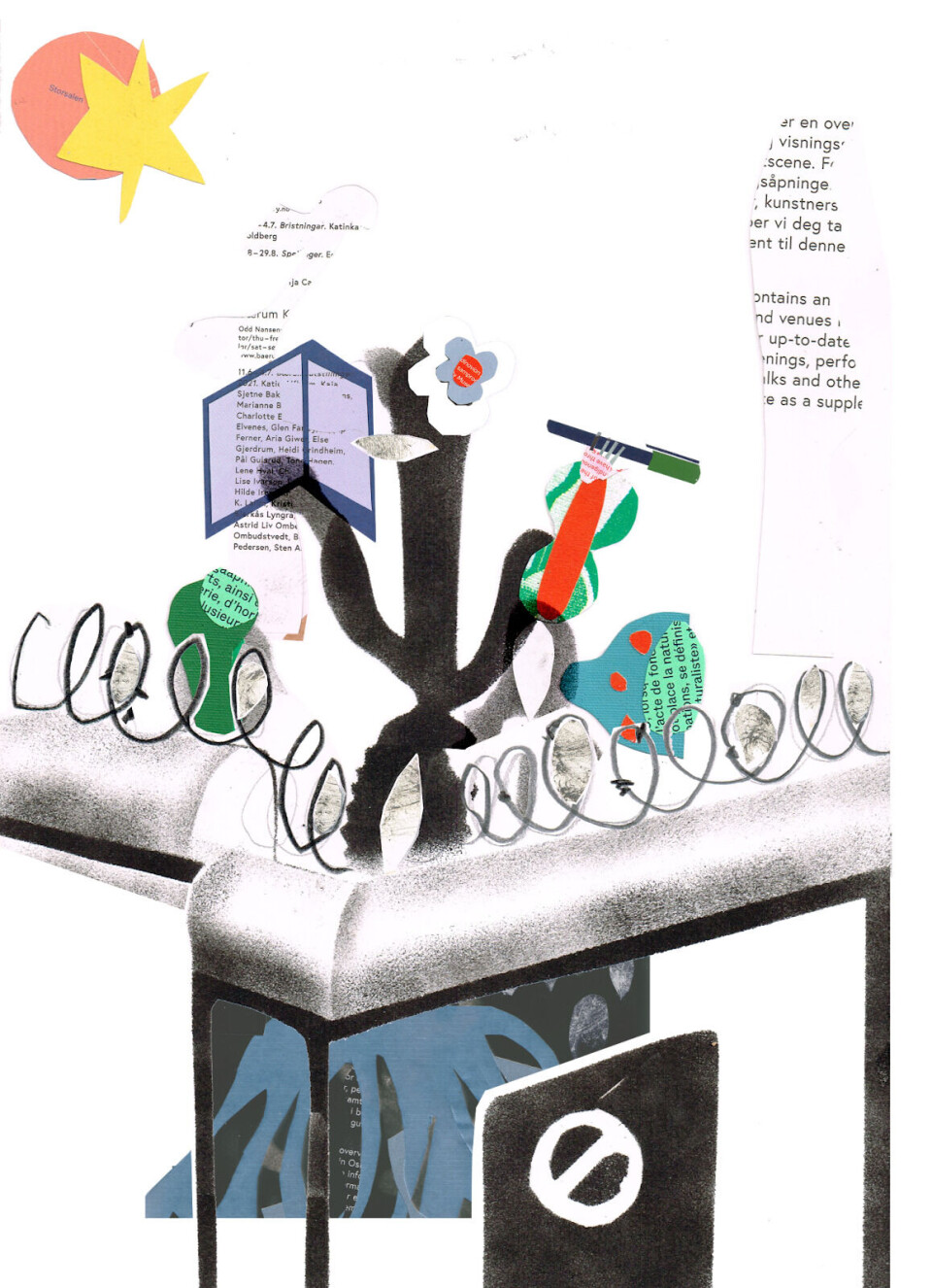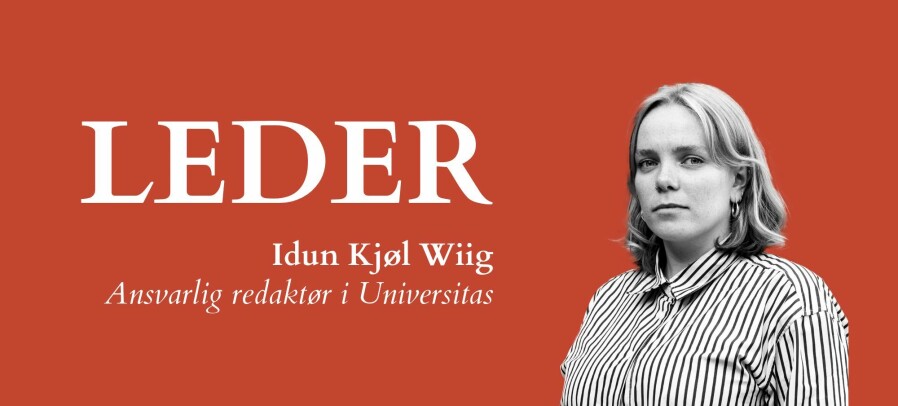
Degrees of Freedom:
Education Behind the Prison Walls
While education is seen as an important element of Norway’s restorative prison system, some hurdles persist, especially in accessing higher education behind walls.
In the silence of a prison cell, education becomes a thread of hope for those trying to rebuild a different kind of tomorrow. Behind the high walls of Oslo Prison, a quiet struggle unfolds; not just for freedom, but for knowledge and self-transformation.
Norway’s prison system is internationally recognized for prioritizing rehabilitation over punishment.
– Rehabilitation isn’t just about reducing the tendency of criminals to reoffend. It’s about enabling people to reclaim their identity and their dignity, explains Anita Lopez-Pedersen, Associate Professor of Special Needs Education at the University of Oslo.
Books Behind Bars
You see them starting to believe in themselves. That alone is incredibly valuable.
Education plays a central role in Norway’s restorative model. Studies show that those with low levels of education are more likely to commit crimes, while access to learning dramatically improves reintegration outcomes. For many inmates, school offers more than skills – it offers purpose. Yet, there is only one university-level student at Oslo Prison. To protect his identity, we have assigned the pseudonym «Adrian» for the purposes of this article.
– You’ve got to do something rewarding with your time. It’s a good change of pace from staring at the wall, so to speak, Adrian says.
Adrian had already started his degree in biology before incarceration and decided to continue his studies behind bars.
– My main motivations were finishing a degree, satisfying my thirst for knowledge, and doing something productive and fulfilling.
Still, access to formal education remains highly unequal. Inmates with long sentences are more likely to pursue school, while short-term incarceration makes it nearly impossible to plan a learning path. Mental health issues and substance abuse, both prevalent in the prison population, further compound the challenge.
– The vulnerability of this population makes it difficult to engage with structured education, Lopez-Pedersen notes.
One of the biggest challenges in prison education is the high rate of learning disabilities among inmates. A Norwegian study found that up to 10% of prisoners have intellectual disabilities – ten times the rate in the general population, while around one-third report dyslexia, compared to 5–10% outside prison.
Although Norway's Education Act guarantees special education, many prisoners with learning difficulties do not receive the support they're entitled to. A recent study found that formal special education is largely absent, with prisons relying on informal adjustments to bypass required evaluations. This leaves inmates without proper documentation of their needs, which could limit future educational or rehabilitation opportunities and violate their rights as learners.
Vocational programs, such as hairdressing or culinary training, are often more accessible than higher education, though there are challenges here too. Companies outside prison don’t always receive funding to take in adult trainees, limiting access to internship placements. Nonetheless, Ellen Øverlie, education advisor at Oslo prison, affirms the positive effect education has inside.
– You see them start believing in themselves. That alone is incredibly valuable.
It would have been nice to talk about the curriculum with other students.
Learning Against the Odds
Under Norway’s Education Act, ordinary schooling is a legal right, even for prisoners. However, university-level education is not.
– University is an offer, not a right. And in high-security settings like ours, it comes with serious limitations, Øverlie explains.
Oslo Prison imposes strict controls on internet access. Inmates cannot access online materials without the presence of advisors—a system that is both time-consuming and resource-intensive, often amounting to one-to-one supervision.
This makes tasks like accessing university portals, academic databases, or even communicating with professors exceptionally difficult.
– Limited access to web resources, presentations and academic material, limited contact with students and professors, Adrian lists when asked about the biggest challenges of studying in prison.
Rehabilitation is about enabling people to reclaim their identity and their dignity.
Because of these digital barriers, inmates often need to purchase physical textbooks, relying on financial support from friends or family outside. Even administrative necessities like BankID – a digital identity system required, also, for university applications – are hard to navigate without phones or digital devices.
Despite this, there is growing interest in university studies among inmates. Øverlie notes a trend: many are increasingly drawn to business and leadership studies, attracted by the job market – even though such degrees are costly and competitive. She's careful, though, about recommending academic pathways.
– It can be very frustrating because of the barriers. I only suggest it if I think the student can realistically handle the demands.
While pursuing a degree is possible, it often comes with compromises.
– I had to pick my courses carefully. Although it’s not easy, it’s definitely possible with the support I have, Adrian says.
– It would have been nice to talk about the curriculum with other students, but my supervisor is also a good conversationalist – so it could have been worse.
He acknowledges the psychological impact, too.
– Although studying hasn’t changed my life philosophy, if I hadn’t gotten to study, my options would have been worse – and I would have been steered more toward a life of crime. Although far from definitive, the chances would have increased.
An Experience from Outside Norway
Norway is not alone in grappling with the balance between rehabilitation and security. Across Europe, countries are experimenting with new ways to bring higher education into prisons. In Italy, for example, a group of universities in Milan has partnered with correctional facilities to bring academic courses directly behind bars.
At Bollate Prison near Milan, incarcerated students attend classes with peer tutors from outside the prison and can now independently access e-learning platforms and university services, thanks to a filtered internet connection. The program currently supports 90 inmates in 27 degree tracks, hosted by the Milan Bicocca University’s prison education program.
A Neutral Space for Identity Building
For many inmates, school becomes a rare neutral zone within prison walls – a space where they are seen as students, not offenders.
– Education is never trivial, Lopez-Pedersen says.
– It’s about giving people the tools to live a high-quality life, even after prison.
The student echoes the sentiment:
– Being a student was already part of my identity. I’ve had to limit my options due to my sentence, but studying gives me something real and fulfilling.
Many continue that journey after release, especially with support from organizations like the Norwegian Red Cross. Through initiatives like Nettverk etter soning (Network After Serving), former inmates gain access to educational resources, mentorship, and vocational programs that help them transition more smoothly into stable employment.
































